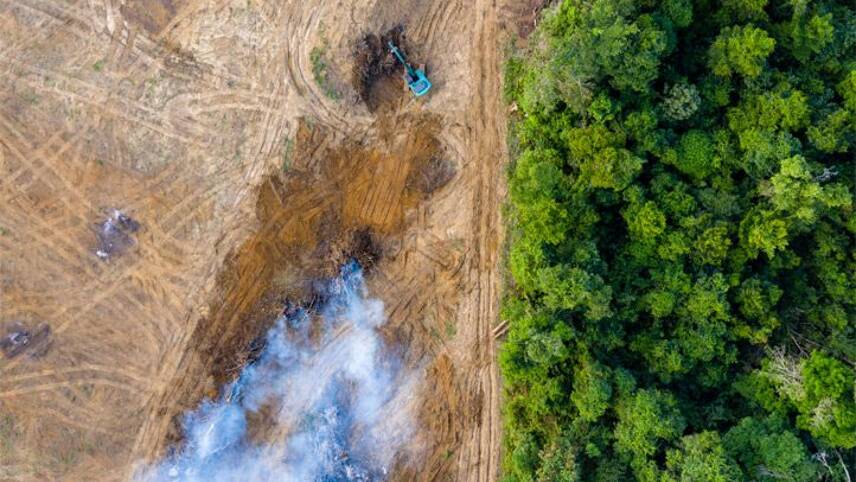Register for free and continue reading
Join our growing army of changemakers and get unlimited access to our premium content

The world’s ecosystems have declined in size and condition by 47% globally compared to estimated baselines
That is the damning conclusion of new research led by the UN Environment Programme (UNEP) and Global Canopy, published today (30 June).
The research states that none of the world’s largest 75 asset managers has a dedicated biodiversity policy for their operations or portfolios, leaving them poorly prepared to comply with the upcoming Global Biodiversity Framework. The framework is due to be finalised at the 15th COP on biodiversity, which was originally due to take place in China this November and has now been moved to Rome. It will serve as a ‘Paris-style’ agreement designed to avert Earth’s sixth mass extinction.
The EU is also in the process of developing its Biodiversity Strategy through to 2030 as part of its €750bn Covid-19 recovery package – a further move which will place new requirements on businesses in the finance sector and beyond.
In order to get ahead of the curve on legislation, the report urges banks, investors and insurers to develop biodiversity targets and supporting frameworks which are specific, measurable, ambitious, realistic and time-bound. Targets should be a core part of business strategies rather than an optional add-on and should be delivered in a way which does not create unintended negative consequences for the environment or society.
The report acknowledges that the bulk of the environmental footprint of any financial firm will lie in its portfolio rather than its operations or supply chain. Businesses with holdings in industries and sub-sectors considered to cause extensive damage to nature or to be acutely exposed to the risks of nature degradation should act as a matter of urgency, it concludes.
Holdings in agriculture, fashion and brewers are highlighted for priority action. Also listed as having higher-than-average nature-related risks are distribution and logistics; electric utilities; other power producers and energy traders; mining and oil and gas.
Should finance firms fail to work with businesses in their portfolio to drive ambitious biodiversity improvements and divest from those who repeatedly prove to be laggards in this field, the cost of ecosystem degradation is likely to spiral, the report warns. It draws on recent WWF research which placed the global annual economic hit caused by nature loss at $479bn between 2014 and 2019.
Solutions
In a bid to change these trends, the report provides a step-by-step guide to biodiversity target setting for financial institutions. All major firms are capable of targeting either “no net loss” or “net-gain”, it states.
In addition to setting targets for their portfolios, financiers should set time-bound, numerical targets for increasing investments in restoration, conservation and supply chain transparency, the report urges.
The UNEP and Natural Capital Finance Alliance are this week launching a new tool designed to help businesses baseline their nature-related risks and exposure and calculate potential opportunities for nature targets and investment. Called ENCORE, the tool is being trialled by 27 big-name financial firms. It will be updated later this year with features enabling users to compare their portfolios with global biodiversity goals.
“The COVID-19 pandemic is a stark reminder of our exposure to and the risks created by the loss of nature; we urgently need all sectors of the economy to create better outcomes for people and nature,” the UNEP’s deputy director for the World Conservation Monitoring Centre, Corli Pretorius, said.
“By making nature part of its decisions and setting ambitious targets for biodiversity, the financial sector can reduce its risks and help to build a more resilient economy.”
Pretorius is alluding here to the links which bodies including the UN and WHO have drawn between novel diseases and nature loss. Of the 335 diseases which emerged in humans between 1960 and 2004, 60% came from animals and crossed the species border. People are now in closer contact with animals due to the rise of intensive farming; continued logging, mining and road-building in rich habitats; and increased levels of urbanisation and population growth.
Sarah George


Please login or Register to leave a comment.